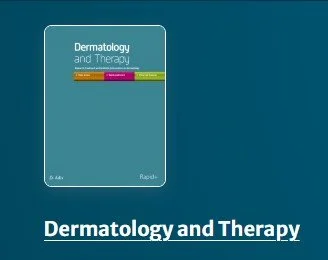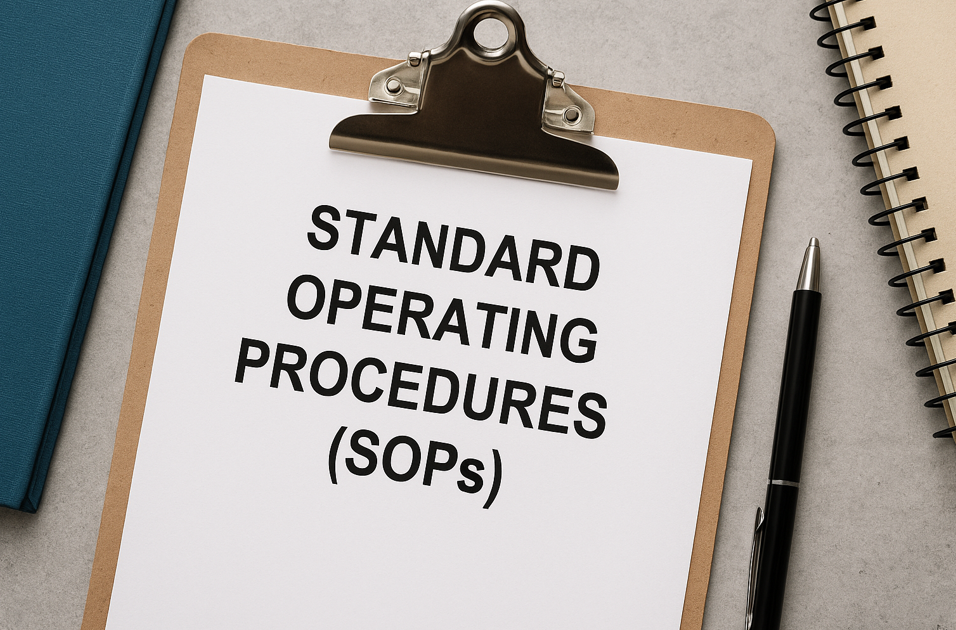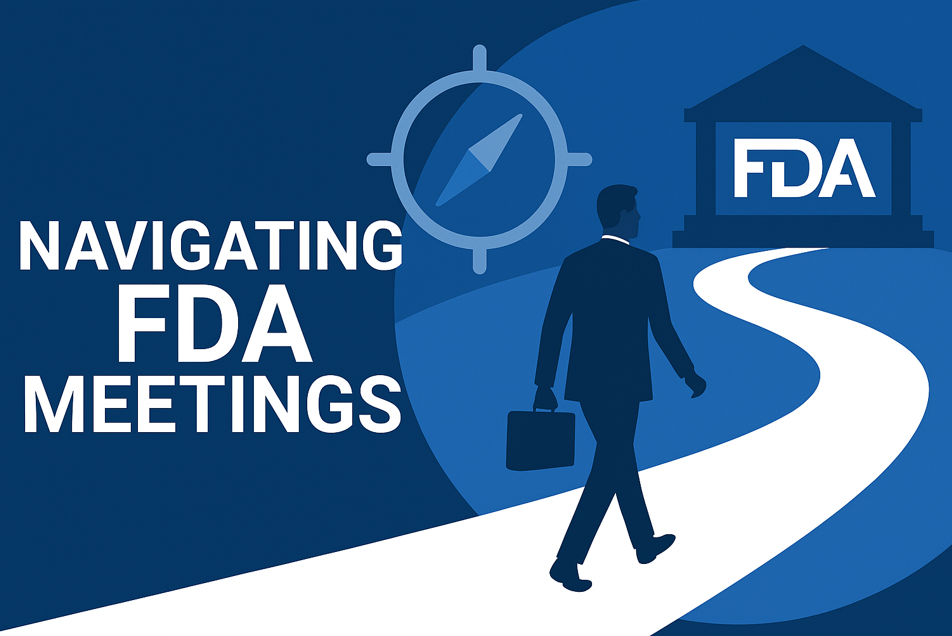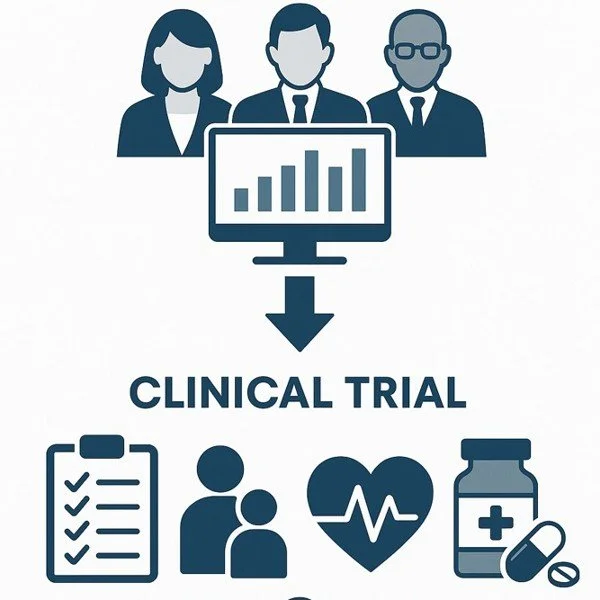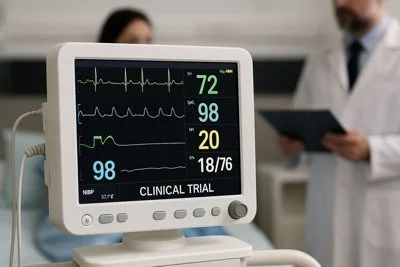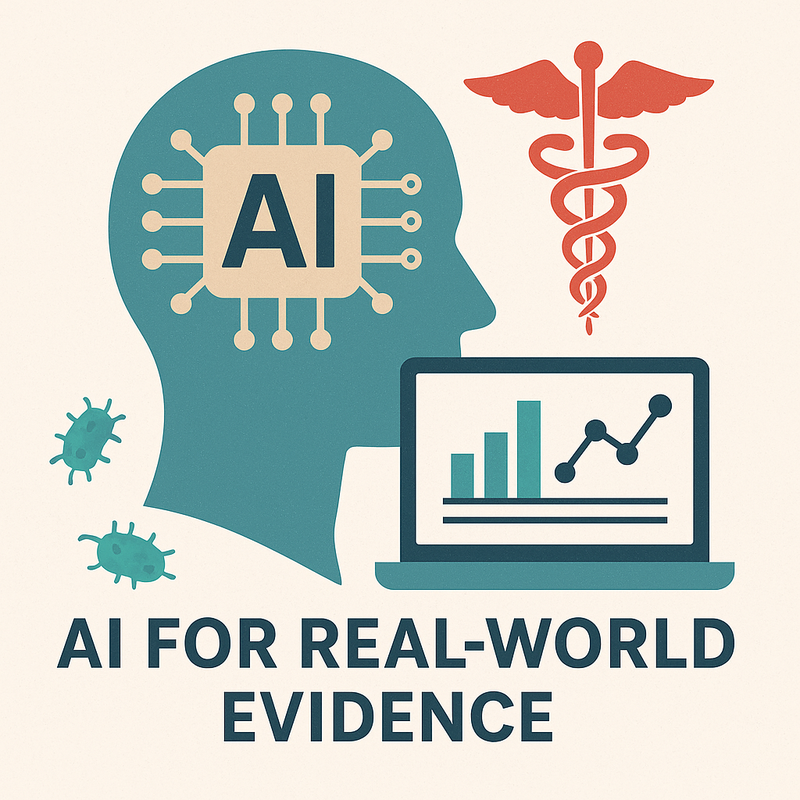Authors: Gerald L. Klein, MD+; Roger E. Morgan, MD+; Melissa Palmer, MD++; Freddy Byrth+; Wayne Dankner, MD+; Jamie Chang, MD +++; John Hinkle, PhD++++; Jim Sergi+++++
MedSurgPI+ / Liver Consulting LLC++ / Rho +++ / EarlyPhase Sciences Inc+++ / Qnova LifeSciences+++++
Abstract
Data and Safety Monitoring Boards (DSMBs) play a pivotal role in safeguarding participant safety, ensuring data integrity, and upholding scientific validity in clinical trials. Their oversight is especially critical in studies involving higher-risk interventions (e.g., cell-based or gene therapy) or vulnerable populations (e.g., children, pregnant individuals, the very elderly, or those who are terminally ill or cognitively impaired). With rising regulatory expectations and trial complexity, robust DSMB best practices are essential. This article provides a detailed overview of key best practices across DSMB composition, governance, data review and integrity, statistical thresholds, and regulatory compliance, informed by U.S. Federal Drug Administration (FDA), National Institutes of Health (NIH), European Medicines Agency (EMA), and relevant literature.
1. Introduction
A DSMB, also referred to as a Data Monitoring Committee (DMC), is an independent group of experts external from the sponsor and tasked with the ongoing assessment of safety, (sometimes efficacy), and trial conduct in ongoing clinical studies. Their unbiased oversight mitigates ethical, scientific, and regulatory risks, especially in multi-centered or double-blinded randomized trials with investigational products and vulnerable populations (e.g. potentially fragile populations such as children, pregnant women, the very elderly, terminally ill, or of diminished mental capacity) with potential significant risks to the participants or mortality endpoints. Inadequate DSMB governance risks missing safety signals, delaying risk mitigation, and causing noncompliance, ultimately compromising participant welfare and trial validity. This article outlines the best practices that sponsors, Clinical Research Organizations (CROs), and DSMB members should follow to uphold participant safety and trial integrity.
2. Regulatory Background
Several regulatory authorities and professional bodies have issued guidance on DSMB operations:
· The FDA's Guidance for Clinical Trial Sponsors: Use of Data Monitoring Committees in Clinical Trials (2024) outlines when and how DSMBs should be constituted and managed.
· The International Council for Harmonisation (ICH) E6(R2) Good Clinical Practice guideline recommends DSMB oversight in studies involving high risk or mortality endpoints. Effective until 22 July 2025.
· ICH E6(R3) (2023) Guideline for Good Clinical Practice integrates DSMBs into risk-based quality management, emphasizing proactive safety oversight. Effective from 23 July 2025.
· The NIH mandates DSMBs for Phase 3 trials and other studies with significant safety concerns.
· The EMA similarly emphasizes DSMBs for adaptive designs and pediatric studies.
Although the FDA does not mandate DSMBs for all Phase 1 clinical trials, except those that are known to have significant risk to the participants, we suggest their use as a best practice. As first-in-human studies, these trials carry the risk of significant or serious adverse events (SAEs) that may be unknown, significant, or not fully established. Relying on Principal Investigator (PI)-led safety oversight or Data Safety Committees (DSC), often composed of the PI, the medical monitor, and a sponsor-appointed representative, may introduce bias and lacks the independence necessary for objective safety evaluation. A well constituted DSMB can operate at comparable speed, often through emails and enabling timely decisions without added delays. It can convene ad hoc meetings promptly for urgent safety or efficacy concerns.
“FDA strongly recommends establishing a DMC if trial subjects are at risk of serious morbidity or mortality (e.g., hospitalization, heart attack, stroke, death). In addition to the effects of the subject’s condition, investigational products may cause serious unexpected adverse events—an important reason to consider monitoring interim results using a DMC. In cases where an assessment of causality can be made on the basis of a single event (e.g., agranulocytosis, Stevens-Johnson syndrome), the sponsor’s internal safety management team or other entity responsible for reviewing safety data (see section V.E of this guidance) may be able to identify a potential risk and bring it to the attention of the sponsor and regulators. In cases where the event may be anticipated to occur in the population enrolled in the trial regardless of the intervention (e.g., myocardial infarctions in an older population) or could be related to other treatments being administered, the relationship between the investigational product and the adverse events will be less clear. In these cases, it is often critical to conduct an analysis of safety data to determine whether, for investigational drugs, there is a reasonable possibility that the adverse event was caused by the investigational drug or whether, for investigational devices, it was caused by or associated with the investigational device. In such cases, a DMC or another independent entity should review aggregate safety reports across study arms.”[1]
3. Composition and Independence
DSMBs should be composed of experienced experts who are truly independent from the sponsor. Members must have no financial, scientific, or operational conflicts of interest with the sponsor or investigational product. Conflicts must be disclosed and updated regularly. It’s useful to include at least three voting physicians to ensure the ability to reach a majority decision.
The DSMB Chair should be filled by an individual with extensive experience in both DSMB operations and clinical trial conduct. The Chair is responsible for leading deliberations and serving as the primary liaison with the study sponsor and the CRO. Sponsor preferences for Chair may differ: some want physicians who are board certified in the study’s therapeutic area, while others prefer those specialized in safety monitoring and clinical trial conduct. Ideally, select physicians who possess both safety expertise and clinical trial experience within the relevant therapeutic area but not necessarily formally trained in that area. A statistician with experience in DSMB processes and familiarity with the therapeutic area is essential for many trials, particularly those involving interim analyses to assess whether the study should continue or be stopped for futility.
4. Charter and Governance
A comprehensive DSMB Charter governs operations and ensures consistency with the protocol. The charter should clearly outline the DSMB’s roles and responsibilities, the frequency, format, and procedures for meetings; data review protocols; statistical methods (e.g., alpha spending functions) and decision-making processes, including voting procedures and criteria for trial modification, pausing, or termination. It should also define rules for data access control for sensitive unblinded data, and establish clear communication pathways with the CRO, sponsor, and regulatory authorities. Additionally, the charter must address succession planning and procedures for member replacement. Provisions for data access should be explicitly stated, including the types of data to be reviewed, timing of data cutoffs, and the handling of revised or updated information. Incorporate these expectations into the charter and DSMB-sponsor-CRO agreements.
5. Data Access and Statistical Reporting
DSMBs require timely access to accurate, relevant data, whether appropriately blinded or unblinded to enable informed decision making. Independent statisticians, separate from the sponsor, should prepare both open-session reports (blinded to preserve integrity) and closed-session reports (unblinded). These reports must include enrollment trends, tolerability assessments, summaries of adverse events (AEs) and SAEs, efficacy endpoints, and any interim analyses aligned with predefined statistical stopping boundaries.
The independent DSMB statistician should develop a dedicated DSMB Statistical Analysis Plan (SAP) that details methods for multiplicity adjustments, sensitivity analyses, and estimand definitions per ICH E9(R1). This statistician will also collaborate with the sponsor’s or CRO’s data management team to create a Data Management Plan (DMP). The DMP should specify the data to be transferred, formatting standards (e.g., Clinical Data Interchange Standards Consortium (CDISC)), validation procedures and delivery timelines (e.g., within 7 days post-data cutoff). All data provided to DSMB members must be timely, usable, and aligned with the board’s review schedule and decision-making requirements.
6. Safety Monitoring Best Practices
DSMBs should systematically review cumulative safety data, including:
· AEs, SAEs, deaths, adverse events of special interest (AESIs), laboratory abnormalities, and withdrawals due to an AE.
· Assessments of causality, using standardized methods where applicable.
· AE narratives and exposure-adjusted event rates (e.g., events per 100 patient-years) to inform risk-benefit evaluations.
In addition to safety oversight, DSMBs should monitor:
· Enrollment pace, as it impacts endpoint accrual and trial feasibility.
· Major protocol violations that could compromise the trial integrity or outcomes measures.
Risk-benefit evaluations should integrate safety findings with emerging efficacy signals.
7. Interim Analyses and Trial Modifications
Interim analyses, if undertaken, must be pre-specified in the protocol and SAP to preserve trial integrity. The DSMB should be empowered to recommend:
· Trial continuation as planned.
· Protocol modifications (e.g., sample size adjustment or endpoint refinements).
· Enrollment pauses for further evaluation.
· Early termination due to futility, overwhelming efficacy, or safety concerns.
In adaptive designs, implement safeguards, such as independent statistical centers in order to prevent unintentional unblinding and maintain blinding integrity.
8. Confidentiality and Blinding
Strict confidentiality and blinding maintenance are essential to preserve trial integrity and prevent bias. To support this, DSMB meetings typically follow a two-part structure:
· Open Sessions: Attended by DSMB members, sponsor representatives, and CRO staff. Focused on blinded data presentation, operational updates (e.g., enrollment status, site performance) and logistical matters without revealing treatment allocations.
· Closed Sessions: Limited to DSMB members, the independent statistician, and an unblinded administrator (if needed). Review unblinded safety and efficacy data, deliberate on sensitive issues, and vote on recommendations, such as:
o Continuing the trial as planned.
o Suggesting protocol modifications (e.g., dose adjustments or inclusion criteria changes).
o Advising on enrollment pause or early termination based on safety concerns, futility, or overwhelming efficacy.
The DSMB may also provide blinded operational feedback to the sponsor to enhance trial conduct without compromising integrity or confidentiality.
9. Meeting Logistics and Documentation
DSMBs should convene at regular intervals, typically every 3 to 6 months, with more frequent meetings for higher-risk studies or when predefined milestones are met (e.g., a predefined percentage of participants complete a set duration on study, as outlined in the protocol or charter).
Meeting Triggers and Frequency:
· Schedule ad hoc meetings promptly for emerging safety concerns, unexpected AEs or urgent efficacy signals.
· In early-phase trials (e.g., Phase 1 dose-escalation), hold expedited reviews to evaluate safety data and decide on dose progression or modifications.
Session Structure:
Provide all relevant meeting materials (e.g., reports, and data summaries) to members 5 to 10 days in advance to allow for thorough preparation. Document the meeting comprehensively in minutes, including attendees, data reviewed, decisions reached, rationale, and any dissenting opinions, in order to promote transparency and regulatory compliance.
10. Sponsor Responsibilities
Sponsors bear primary responsibility for supporting DSMB operations while upholding independence to ensure unbiased oversight. Key obligations include:
· Provide clean, accurate, and timely data through validated systems, with predefined cutoffs and formats aligned with the DSMB charter and DMP.
· Offer statistical support via independent experts (e.g., for generating blinded/unblinded reports) and logistical resources, such as secure platforms for data sharing and meeting facilitation.
· Respect DSMB independence by avoiding any attempts to influence deliberations, access unblinded data prematurely, or override recommendations.
Any sponsor resistance, interference, or undue influence risks jeopardizing DSMB validity, potentially leading to biased outcomes, regulatory non-compliance, delayed risk mitigation, and compromised participant safety.
11. Challenges and Pitfalls
DSMB operations face several common challenges that, if unaddressed, can compromise participant safety, trial integrity, and regulatory compliance. Key pitfalls include:
· Conflicted Members: Failing to identify or manage financial, scientific, or operational conflicts of interest can bias deliberations; require annual disclosures and independent vetting per FDA guidance to maintain objectivity.
· Ambiguous Charters: Vague roles, responsibilities, or decision criteria which can lead to inconsistent oversight; develop charters with explicit provisions for meetings, data reviews, and escalation pathways, aligned with the protocol.
· Delayed Data Access: Untimely or incomplete data hinders informed decisions and risks missing safety signals; establish strict timelines for data management to facilitate prompt transfers and analyses.
· Sponsor Resistance or Influence: Attempts to sway DSMB recommendations undermine independence; enforce clear boundaries in charter and agreements.
· Inadequate Documentation: Poor meeting minutes or records invite scrutiny during audits; ensure comprehensive logging of attendees, discussions, decisions, and dissents to support transparency and adherence.
· Lack of calling for ad hoc DSMB meetings when needed to examine potential or important safety events.
Additionally, unclear interim analysis plans can inflate error rates or cause unintentional unblinding; pre-specify methods (e.g., stopping boundaries) to preserve statistical validity and trial integrity.
12. Future Directions
Emerging innovations in DSMB operations can enhance efficiency, inclusivity, and adaptability in clinical trials. Key future directions include:
· Bayesian monitoring: Incorporate Bayesian statistical approaches for flexible interim analyses and adaptive decision-making, allowing real-time incorporation of prior data to optimize trial efficiency and safety oversight.
· DSMBs for decentralized trials: Tailor DSMB processes to support decentralized clinical trials (DCTs), including remote data reviews and hybrid monitoring to accommodate virtual elements while maintaining rigorous safety evaluations.
· Increased diversity in board composition: Promote greater diversity (e.g., in expertise, demographics, and perspectives) among DSMB members to improve equitable risk assessments and address biases in trial data interpretation.
· AI assistance: Leverage artificial intelligence for data pattern recognition and preliminary signal detection but ensure human judgment oversees final decisions to uphold ethical and regulatory standards.
· Program-level DSMBs: For resource-constrained sponsors, establish a single DSMB across multiple studies in a program; empower it via the charter and agreements to adjust monitoring scope (e.g., more intensive for high-risk trials) for cost-effective, consistent oversight.
Conclusion
DSMBs are essential for protecting participant safety, upholding scientific rigor, and achieving regulatory compliance in clinical trials. Adhering to the best practices detailed in this article, which include multidisciplinary composition, clear governance, systematic data reviews, safety monitoring and adaptive decision-making enables sponsors, CROs, and DSMB members to conduct ethical, efficient, and successful trials. This approach supports the advancement of innovative therapies while effectively mitigating risks.
References
1. International Council for Harmonization (ICH). E6(R3) Good Clinical Practice: Integrated Addendum to ICH E6(R1). November 2023.
2. National Institutes of Health. NIH Policy for Data and Safety Monitoring. June 1998.
3. European Medicines Agency. Reflection Paper on Risk-Based Quality Management in Clinical Trials. November 2013.
4. Meinert CL. Clinical Trials: Design, Conduct, and Analysis. Oxford University Press; 2012.
5. Ellenberg SS, Fleming TR, DeMets DL. Data Monitoring Committees in Clinical Trials: A Practical Perspective. Wiley; 2002.
6. Calis KA, Archdeacon P, West S. Data monitoring committee practices and recommendations. Clin Trials. 2017;14(6):607–614.
7. Proschan MA, Lan KKG, Wittes JT. Statistical Monitoring of Clinical Trials: A Unified Approach. Springer; 2006.
8. Temple R. Safety Assessment During Drug Development. Clin Pharmacol Ther. 2002;71(3):174–181.
9. Rockhold F, Krall RL. Risk-Benefit Analysis in Clinical Trials: Best Practices. JAMA. 2020;324(1):13–14.
10. U.S. Food and Drug Administration. Adaptive Designs for Clinical Trials of Drugs and Biologics: Guidance for Industry. November 2019.
11. EMA. Guideline on Data Monitoring Committees. EMEA/CHMP/EWP/5872/03 Rev. 1. 2005.
12. Berry DA. Bayesian clinical trials. Nat Rev Drug Discov. 2006;5(1):27–36.
13. van der Maas, NG, Versluis, J., Nasserinejad, K. et al. Bayesian interim analysis for prospective randomized studies: reanalysis of the acute myeloid leukemia HOVON 132 clinical trial. Blood Cancer J. 14, 56 (2024).
14. U.S. Food and Drug Administration. Guidance for Conducting Clinical Trials With Decentralized Elements, September 2024
15. Bunning BJ, Hedlin H, Chen JH, Ciolino JD, Ferstad JO, Fox E, Garcia A, Go A, Johari R, Lee J, Maahs DM, Mahaffey KW, Opsahl-Ong K, Perez M, Rochford K, Scheinker D, Spratt H, Turakhia MP, Desai M. The evolving role of data & safety monitoring boards for real-world clinical trials. J Clin Transl Sci. 2023 Aug 2;7(1):e179.
16. U.S. Food and Drug Administration. DRAFT Guidance on Use of Data Monitoring Committees in Clinical Trials, February 2024



